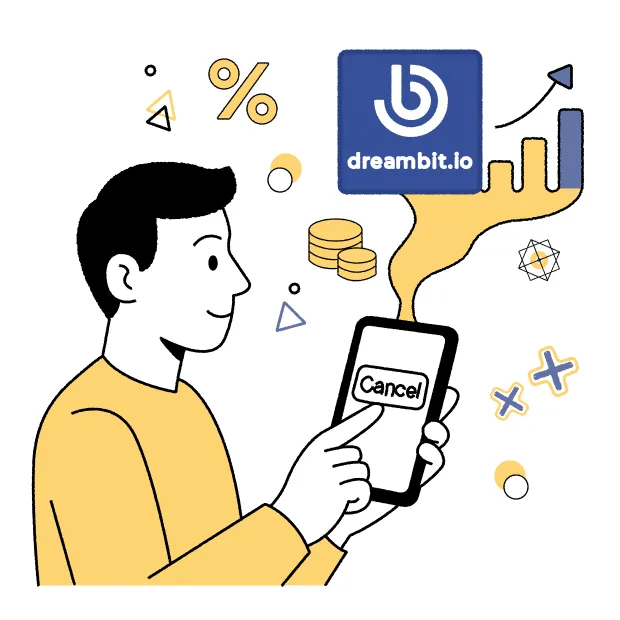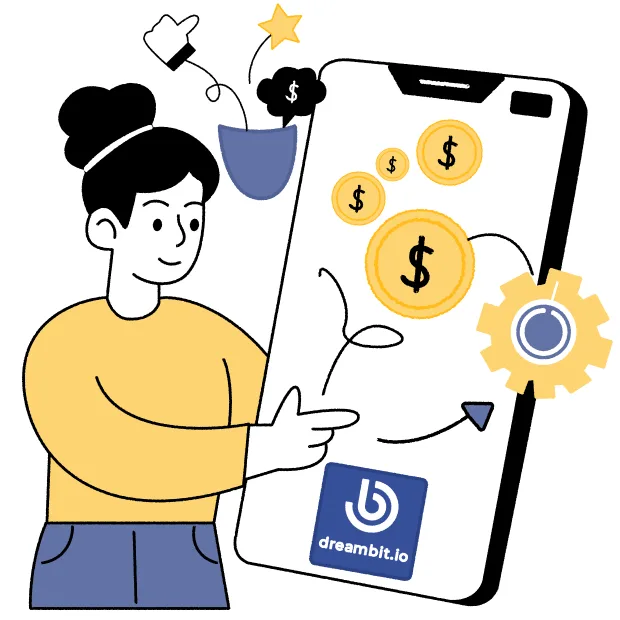- Why Flutter Is Ideal for Flutter Payment App Development
- Single Codebase Across Platforms
- High-Quality UI & Smooth Performance
- Massive Ecosystem & Payment Packages
- Rapid Iteration with Hot Reload
- Proven Scalability
- Building a Secure Payment Experience in Flutter
- Mobile Payment Trends & Business Impact
- Step-by-Step Flutter Payment App Development Guide
- What’s Next in Mobile Payments with Flutter?
- UX Tips for Flutter Payment App Development
- Conclusion
This website uses cookies so that we can provide you with the best user experience possible. Cookie information is stored in your browser and performs functions such as recognising you when you return to our website and helping our team to understand which sections of the website you find most interesting and useful.






